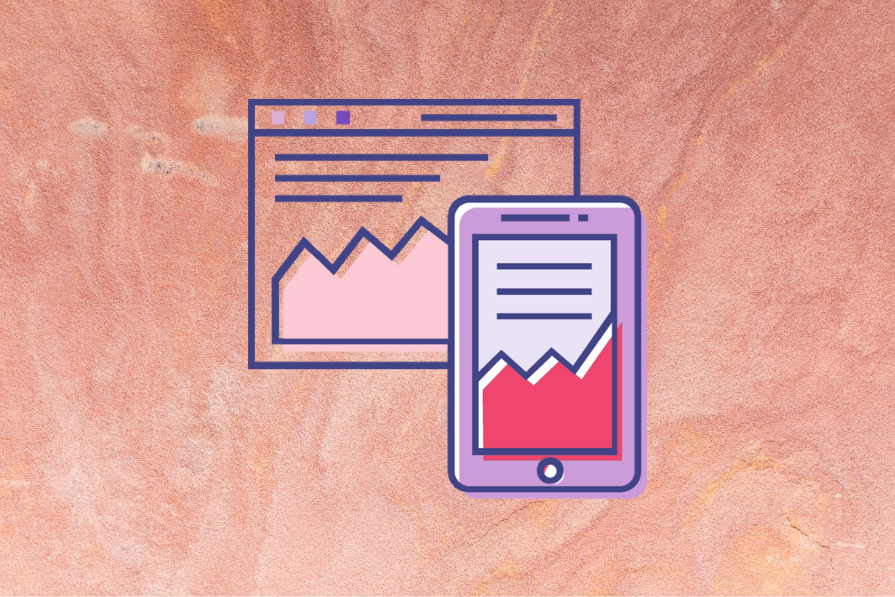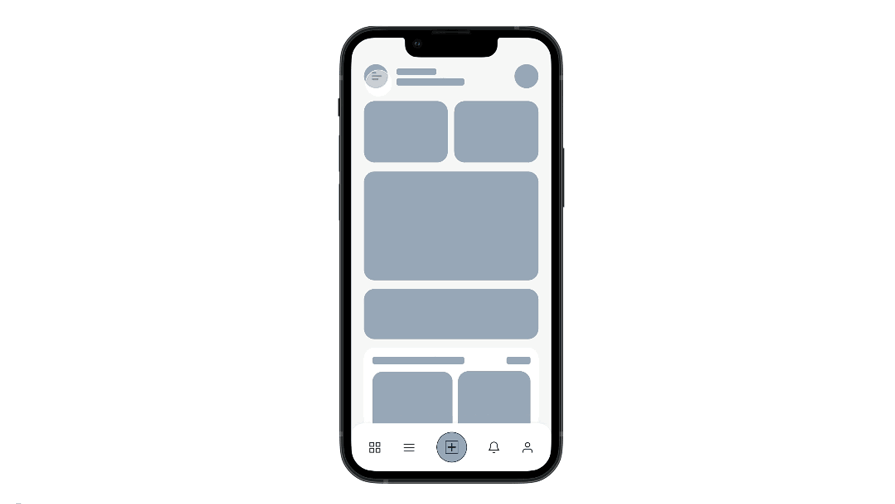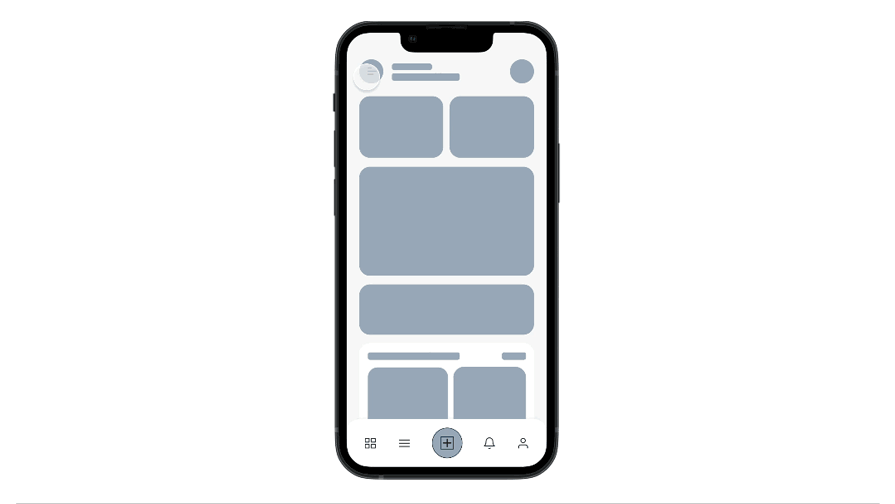Why I never skip prototyping anymore before design handoffs
At its simplest, a prototype is a working model of your design – an interactive preview that shows not just what a product will look like, but how it’ll behave. In my experience, I’ve witnessed how overlooking prototyping often leads to setbacks and confusion. A design that looked perfect in Figma ended up confusing developers, frustrating users, and costing us hours of rework.
On the flip side, when I started building even simple prototypes, everything changed. Suddenly, developers weren’t guessing transitions, stakeholders could click through and understand the user journey, and my team saved itself from endless Slack threads and back-and-forth meetings.
Prototyping became less of a “nice to have” and more of a lifeline. That’s what this article is about. I want to share why I never skip prototyping anymore, what went wrong when I did, and how adding this step transformed my workflow. I’ll walk you through why prototyping matters in UX and more, if that interests you, let’s dive in.
What makes prototyping important?
Here’s why prototyping is so important in UX:
- It gives stakeholders a feel before launch — Static screens can only go so far. Prototypes let product managers, clients, and executives actually click through the flow
- It helps confirm ideas with actual users — Even before development begins, prototypes make it possible to validate concepts directly with users
- It keeps developers in sync with design intent — Prototypes serve as living blueprints. Without them, developers are left to guess interactions
- It saves time and reduces risk — Many teams skip prototyping to “save time.” But skipping it usually creates more back-and-forth and rework later
- It improves team confidence — When everyone can interact with a working model, confidence rises across the board
Why does prototyping get skipped?
So with all its benefits, why does prototyping still get skipped?
Here are some common reasons:
- Tight deadlines — Prototyping is often cut when time runs short, leading to more work later
- Low UX maturity — Some, if not most low UX maturity teams, see prototyping as “extra polish” rather than essential
- Overconfidence in static designs — Designers assume static mocks are “clear enough”
- Limited prototyping knowledge — Not everyone feels comfortable with tools like ProtoPie or Framer
- Perception of extra effort — It still carries the stigma of being an add-on rather than a necessity
What goes wrong without prototyping?
Among the reasons designers tend to skip prototyping, mine came down to one thing: overconfidence in my static designs. I believed my mockups were crystal clear, and that any developer could look at them and know exactly how the interactions should play out.
Here’s what actually happened: the developer assumed a navigation pattern that wasn’t intended. Instead of the page sliding in smoothly from the left, they built it to swipe up from the bottom, and even the exit was a mess:
But what I had envisioned was a left-to-right slide transition:
That small mismatch broke the flow, confused users, and forced the developer to re-code the interaction. Other risks of skipping prototypes include:
- Misaligned expectations with stakeholders
- Costly changes discovered too late
- Developers are forced to fill in the blanks
- Lost opportunities for early user testing
Practical takeaways when prototyping
Here are the key takeaways I carry into every project:
- Always include transitions (even rough ones) — Communicate how screens move, even with basic animations
- Annotate interaction details and edge cases — Note what happens in unusual scenarios or error states
- Sync early with developers to clarify logic — A quick mid-process check-in saves days later
- Treat the prototype as both design validation and documentation — It becomes a living reference for the team
- Update the prototype when things change — Keep it current to maintain trust
The future of prototyping tools
When we look ahead, it’s evident that AI is changing the prototyping process in significant ways. We’re moving toward a world where creating interactive prototypes isn’t a tedious manual process, but a seamless, faster, AI-assisted experience.
We have tools that integrate AI, like figma make, v0 and many other prototyping tools making it possible to turn static designs into interactive flows with just a few prompts.
Final thoughts
Skipping prototyping once felt harmless. But I learned quickly that assumptions are costly. A single missed prototype led to hours of rework and user frustration. Today, I never skip prototyping because it:
- Saves time by preventing rework
- Builds trust across teams
- Validates ideas early
- Reduces risks of misinterpretation
Prototyping isn’t about polish, it’s about clarity. Prototype early, prototype often, and you’ll save your team and your users from frustration. That’s why I never skip prototyping anymore.
The post Why I never skip prototyping anymore before design handoffs appeared first on LogRocket Blog.
This post first appeared on Read More




